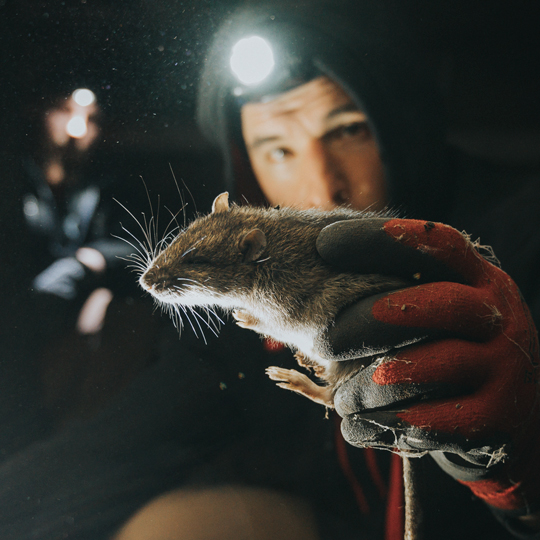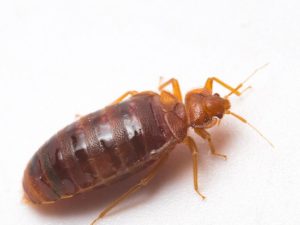
Whether we like it or not, Norway rats have a huge impact on our lives. They are, of course, giant pests that cause damage to property and spread disease. However, they are also one of the most used species in research projects, and they have helped scientists discover many breakthroughs. They are a very relevant species to human society. Despite this prominence, we know very little about their natural behavior.
You might be wondering, what’s the point of understanding the social life of the Norway rat? This type of research allows further studies to be performed with a more accurate methodology, and develop management strategies that are more effective. So what did the experiments consist of?
Researchers placed wild Norway rats in large cases that were fitted with nest boxes, and which were supplied with excess water and food. Each cage had anywhere from four to twenty rats inside it, and the duration of the captivity was nine weeks or more. When the cage had only male colonies inside it, the mortality rate was low, and a majority of the rats gained weight. However, when males and females were placed in the same cage, the mortality rate for males was high, while it was low for females. Most of the males inside the cages decreased in weight, with only some of them gaining. Females had very low incidence of fighting. Researchers believed that the fighting between the males was due to an increase in excitement and frustration because of the presence of females.
The male members were either alphas, betas or omegas. Alphas were the superiors in the colony, and they attacked newcomers, betas were subordinates, and they were accepting of newcomers, and omegas were “outcasts” that were attacked by the alphas and most of them died. This type of categorization was more pronounced in male-female colonies, where you had more omegas than in purely male colonies.
What’s interesting about this experiment is that this type of behavior and hierarchization does not occur in the wild, where you mostly have extended families and where most fighting is territorial between different families. So what we see is an adaptation to well-defined, confined space by unrelated individuals in the species rather than to resources.
In terms of pest management, we can see that rat colonies that form inside human settlements maintain their “tribal” form, where a colony is united by familial ties, rather than by the space that they inhabit. This can help researchers continue studies into wide scale control methods that can improve prevention in cities or other large areas.











